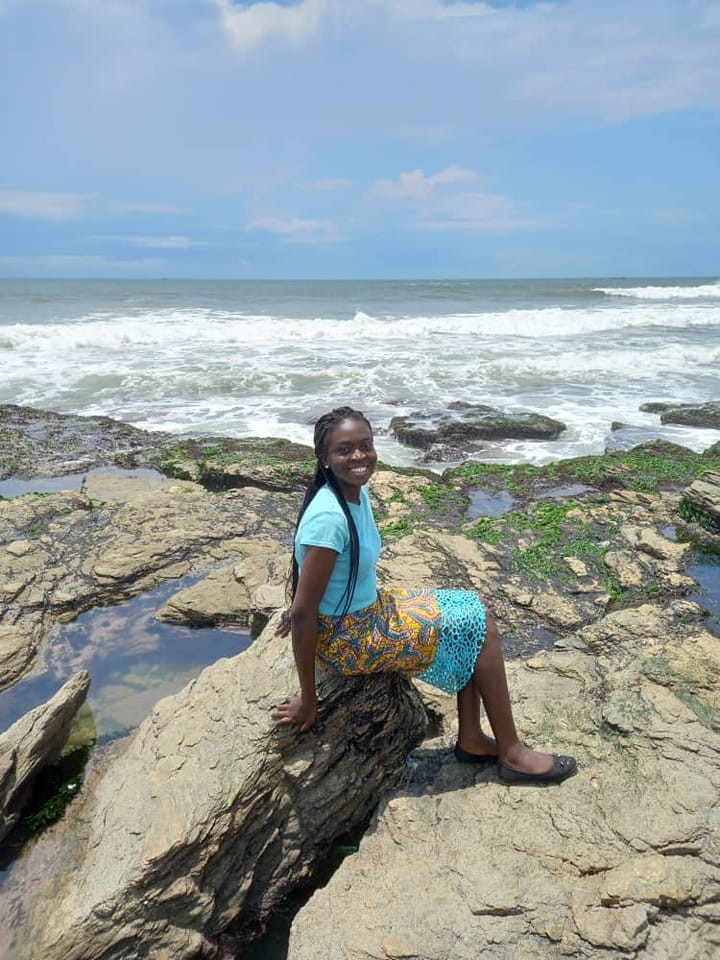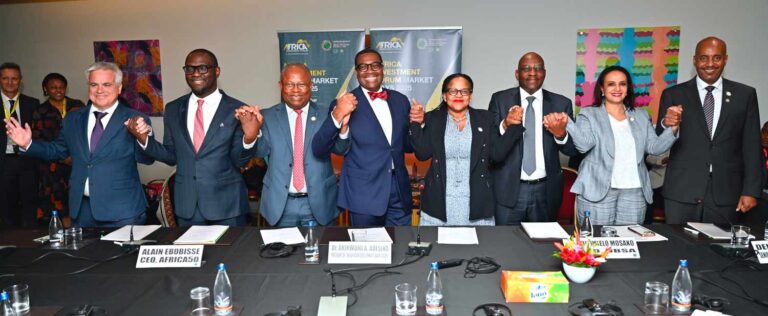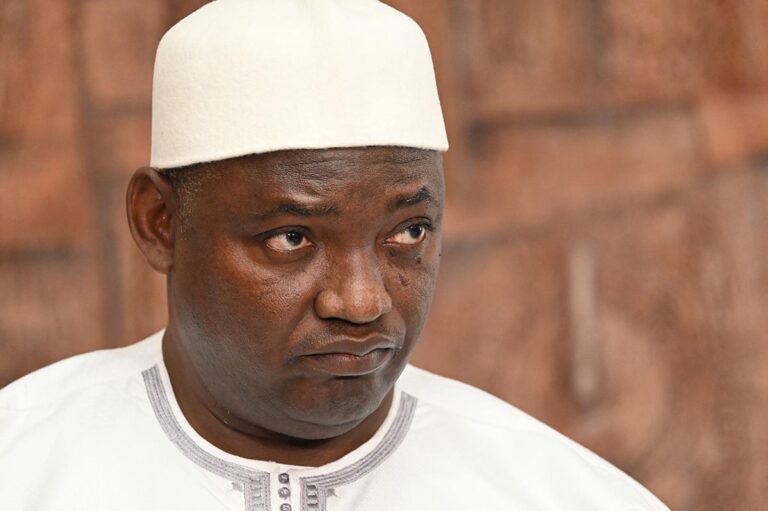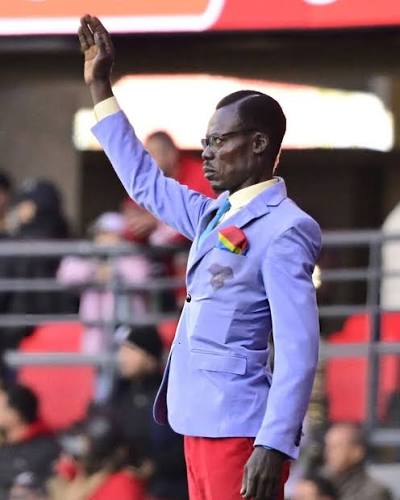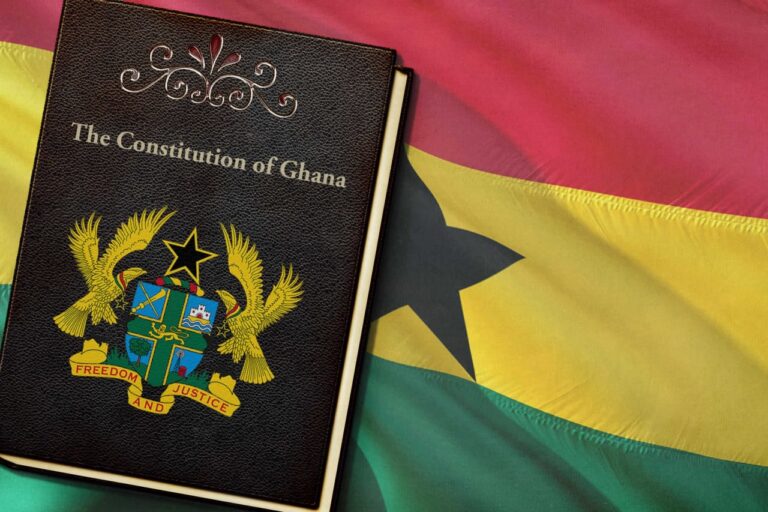11th February, 2022
Author: Freedom Giant Priscilla Afful
LECTURE BY FREEDOM GIANT PRISCILLA AFFUL ON INTERNATIONAL DAY OF WOMEN AND GIRLS IN SCIENCES
I am a Human Biologist, Priscilla Afful and I am going to currently talk about Women and Girls in Science. Happy International Day of Women and Girls in Science. We want to know first and foremost who a woman is.
A woman is an adult female human being belonging to a specified occupation, group, nationality or other category. How significant are women? Women are very significant in our society
- The role of women as caretakers: Women are the primary caretakers of elders and childre in every country of the world. International studies demonstrate that when the economy and political organization of a society change, women take the lead in helping the family adjust to new realities and challenges.
They play a key role in supporting their households and communities in achieving food and nutrition security, generating income and improving rural Livelihoods and overall wellbeing.
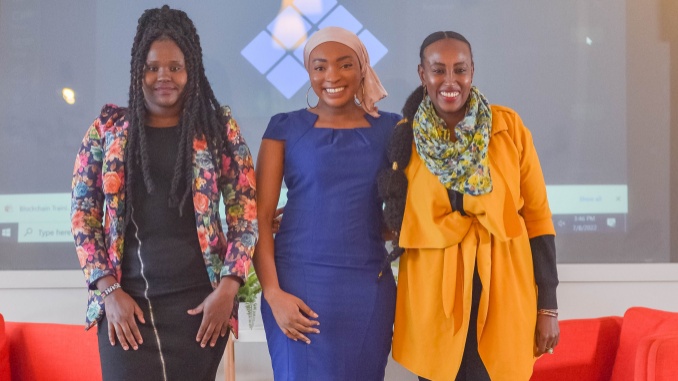
The role of Women as Educators: The mother in the family most often urges children of both genders to attend and stay. The role of women is at the front end of the chain of improvements leading to the family’s, and the community’s long term capacit.
The role of women in the workforce: The median female share of the global workforce is 45.4%. Despite significant obstacles, women’s small businesses in rural developing communities not only can be an extended family’s lifeline but can form a networked economic foundation for future generations. The role of women in the urban and rural workforce has expanded exponentially in recent decades
How then can women interested in the Sciences embark on it?
It is very important for women to be engaged in the Sciences. Women need not see the Science for men alone and it has indeed become necessary for them to engage in the Sciences. Gender bias has affected research outcomes and damaged women’s health so we need to make Science more relevant to them. Women need to sit up and work towards having themselves at the forefront when it comes to the Sciences. Women need to be encouraged at all times and not be discouraged by societal views that seem to project men in the area of Sciences. As early as the primary stage or Junior High school stage, women are encouraged to take the Sciences very serious and develop interest for the Sciences. Aside from the curricular sessions, women can join extracurricular clubs such as the Science and Maths club. Women are to enrol in General Sience courses at the High School level and further in the Sciences in the Tertiary level to postgraduate studies.
Women can also get academic mentors who are in the Science field who can give them academic advices and pinpoint how they were able to reach high academic pedestals. It is necessary to get mentorship and tutoring from others who have already been successful in that are. I greatly support the role of women in the Sciences and I am particularly fascinated when I see such women and also happy when I hear about some great contributions some women have made towards the Sciences.
In the next session we will have some examples of women who have done enormous things in the area of the Sciences. Marie Curie discovered radium and polonium and made a huge contribution to finding treatments for cancer. We also have Rosalind Franklin who contributed to the discovery of the structure of the DNA. Also, Janet Taylor designed instruments for nautical navigation. Next is Dorothy Hodgkin who discovered the structure of insulin. The first female African American medical doctor to complete an ophthalmology residency and also the first to receive a medical patent.. Patricia Bath invented a laser cataract treatment device called a Laserphaco Probe in 1986. A theoretical physicist, Shirley Jackson was the first Black woman to graduate with a Ph.D. from the Massachusetts Institute of Technology (MIT) in any field (Her Ph.D. is in Theoretical Elementary Particle Physics) and also just the second African American woman to earn a doctorate in physics in U.S. history. During her tenure at what was formerly known as AT&T Bell Laboratories’ Theoretical Physics Research Department in the 1970s and 1980s, she has been credited as helping develop the technology that enabled caller ID and call waiting. She earned the distinction of being the first African American woman to receive a chemistry Ph.D. in the U.S. Daly’s groundbreaking research included studies of the effects of cholesterol on the mechanics of the heart, the effects of sugars and other nutrients on the health of arteries and the breakdown of the circulatory system as a result of advanced age or hypertension.
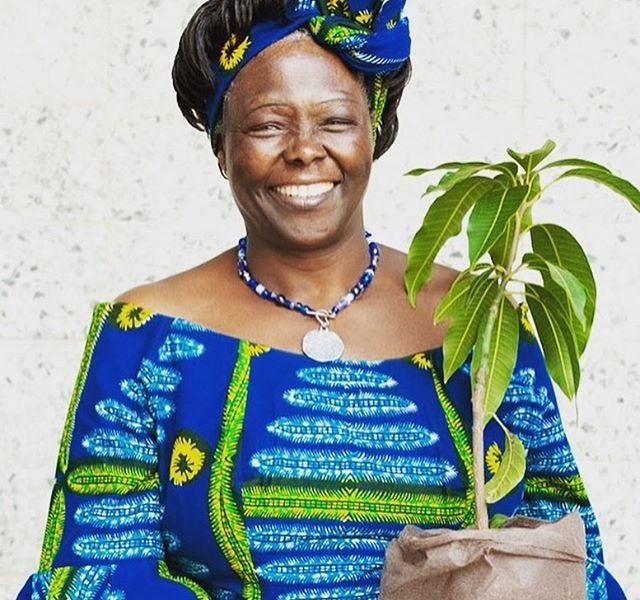
Wangari Maathai was a biologist, environmental activist, and the first woman in Africa to earn a PhD. Born in 1940, Maathai grew up in Kenya, until she received a scholarship to study Biology in the US. In 1969, she returned to Kenya to begin her PhD in Veterinary Anatomy at the University of Nairobi. Despite her pioneering academic record, Maathai is best known for her environmental activism. In 1977, she founded the Green Belt Movement, focusing on tree planting, environmental conservation, and women’s rights. In 2004, Maathai became the first African woman to receive the Nobel Peace Prize.
I want to conclude by encouraging all women who love and want to do Sciences to be brave and pursue it







